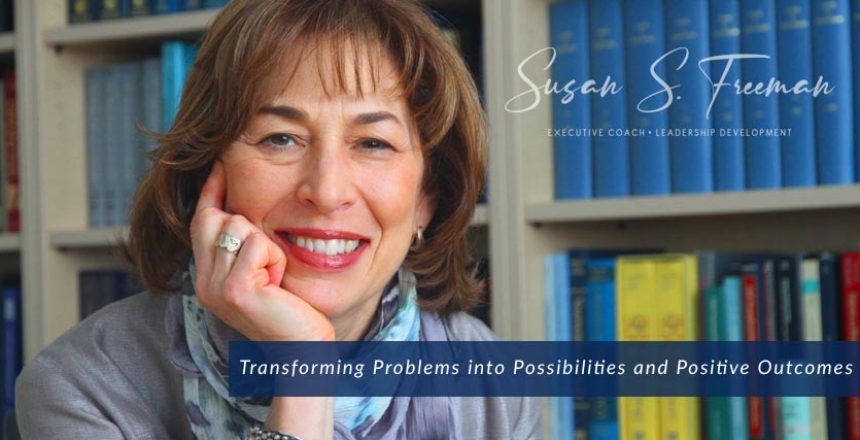 I work with leaders who often have big dreams—visionary individuals who, when they begin to work, find their ideas are often outside the mainstream of the marketplace. These individuals possess a rare combination of abilities; high degrees of creativity, tempered with equally high analytic horsepower. I am constantly amazed to watch as they go back and forth, honoring the need to rigorously employ both domains.
I work with leaders who often have big dreams—visionary individuals who, when they begin to work, find their ideas are often outside the mainstream of the marketplace. These individuals possess a rare combination of abilities; high degrees of creativity, tempered with equally high analytic horsepower. I am constantly amazed to watch as they go back and forth, honoring the need to rigorously employ both domains.
However, one thing you may not expect is that these same people often struggle with their minds—or specifically their habitual thoughts.
They also struggle with the emotional tug of war that goes on inside, when their emotions don’t align with their dreams. They ponder questions like:
- “What will happen if I put myself out there as I envision, and a lot of people feel threatened?”
- “How do I manage to do the things I don’t feel comfortable doing right now, even though I know they are mission critical?”,
- “I didn’t come up with the idea really, the idea really just found me.”
These questions are simply an acknowledgement that leaders are doing something really big.
As human beings, when we do big things, fear often meets us at the front door.
- “Who are you to think of doing such a thing?”
- “What experience do you have to make you believe you’ll be successful?”
My job is to use inquiry to help them shift perspective on the problem and the possibility.
As a leader, what can you do to resolve doubt?
- Find a trusted listener, friend, colleague or coach to simply allow you to speak and to listen without comment or problem-solving.
- Use metaphor to help break the reactive, habitual brain patterning. I sometimes ask, “what animal do you feel like now, and what animal would you need to feel in order to be successful.”
- Imagine and visualize what you desire. Flesh it out with words, images, in as much detail as you can. By focusing on what you want to move towards and making that concrete, you can help minimize the impact of fear-based emotions.
 One of my clients realized that the business she was currently heading was exactly what she had envisioned—albeit at an early stage. “I always dreamed of working in a place where I could open the windows.” In her new office, the informal relaxed atmosphere was conducive to opening the windows. Now the task was for her to open the windows in her own mind, so she could see the brilliant possibilities she had envisioned a while ago.
One of my clients realized that the business she was currently heading was exactly what she had envisioned—albeit at an early stage. “I always dreamed of working in a place where I could open the windows.” In her new office, the informal relaxed atmosphere was conducive to opening the windows. Now the task was for her to open the windows in her own mind, so she could see the brilliant possibilities she had envisioned a while ago.
I honor my clients and their big dreams. Walking alongside them, we together learn what it means to be courageous, visionary, inspired leaders. Thanks to them, their corners of the world are a lot more spacious. What about yours?
I invite you to leave your comments here.

